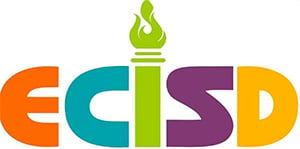-
Solutions
-
By District Priority
-
-
Products
-

AI Perceptions and Readiness Survey
Understand stakeholder priorities, familiarity, and readiness to use AI in schools.
-
Resources
-
Featured Resource

Panoramic 2026 Virtual Summit
Discover how educators and leaders are putting purpose behind AI to drive real improvements in attendance, literacy, and student supports.
-
Find Your State
-
-
Alabama
-
Alaska
-
Arizona
-
Arkansas
-
California
-
Colorado
-
Connecticut
-
Delaware
-
Florida
-
Georgia
-
Hawaii
-
Idaho
-
Illinois
-
Indiana
-
Iowa
-
Kansas
-
Kentucky
-
Louisiana
-
Maine
-
Maryland
-
Massachusetts
-
Michigan
-
Minnesota
-
Mississippi
-
Missouri
-
Montana
-
Nebraska
-
Nevada
-
New Hampshire
-
New Jersey
-
New Mexico
-
New York
-
North Carolina
-
North Dakota
-
Ohio
-
Oklahoma
-
Oregon
-
Pennsylvania
-
Rhode Island
-
South Carolina
-
South Dakota
-
Tennessee
-
Texas
-
Utah
-
Vermont
-
Virginia
-
Washington
-
West Virginia
-
Wisconsin
-
Wyoming
-
-
-
About Us
-
Impact
-
Get in Touch
-
Success Stories
At Panorama, we support over 15 million students in 25,000 schools, 2,000 districts, and 50 states. Read our partners' stories and hear how district leaders are moving the needle on student success.
Ready to transform how you use data in your schools?
Explore our data dashboards
View Panorama's reports for MTSS, school climate, equity, social-emotional learning, family engagement and more.
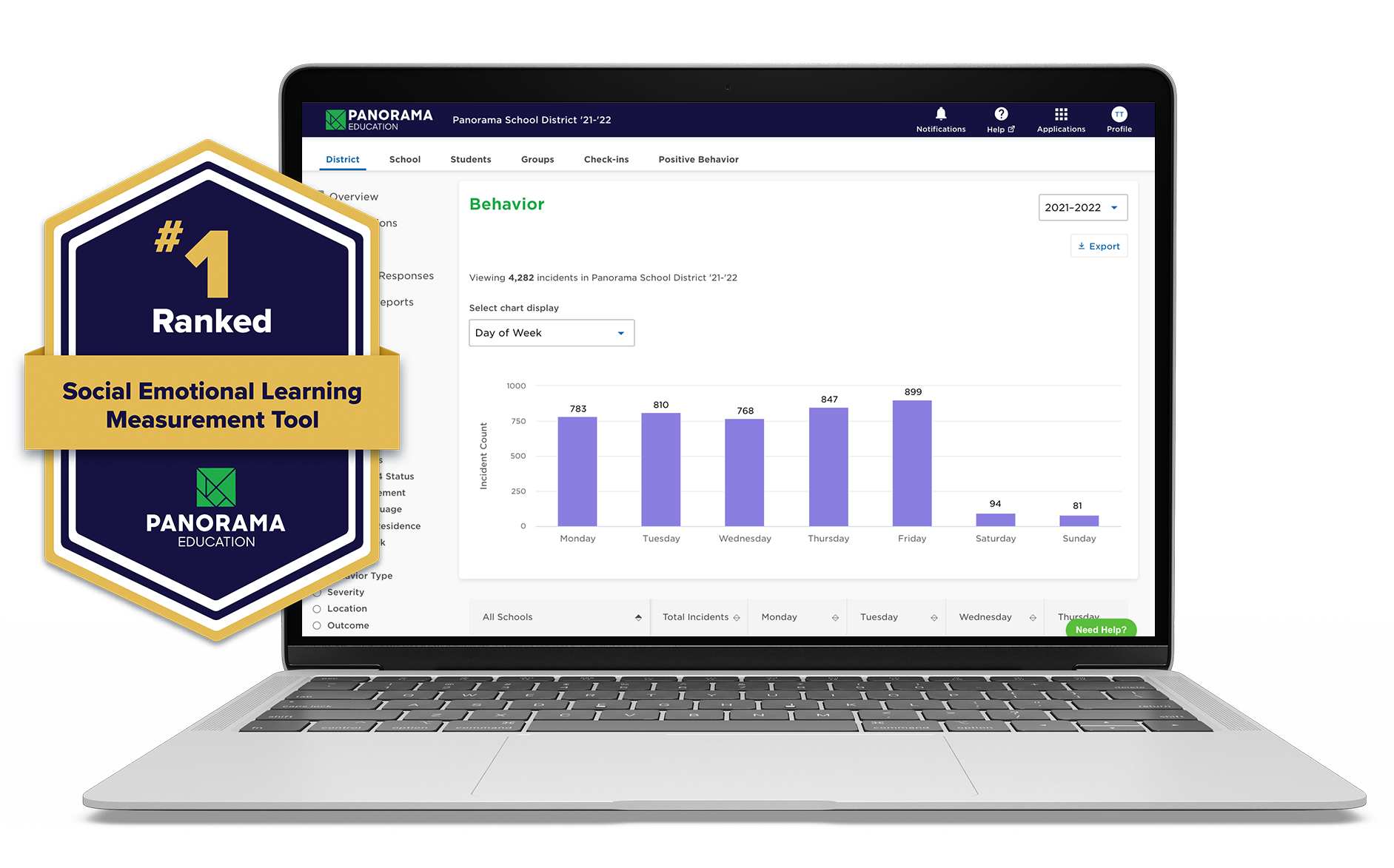












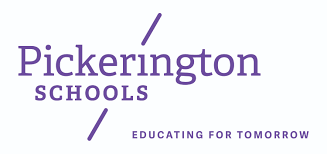

.png)
.png)


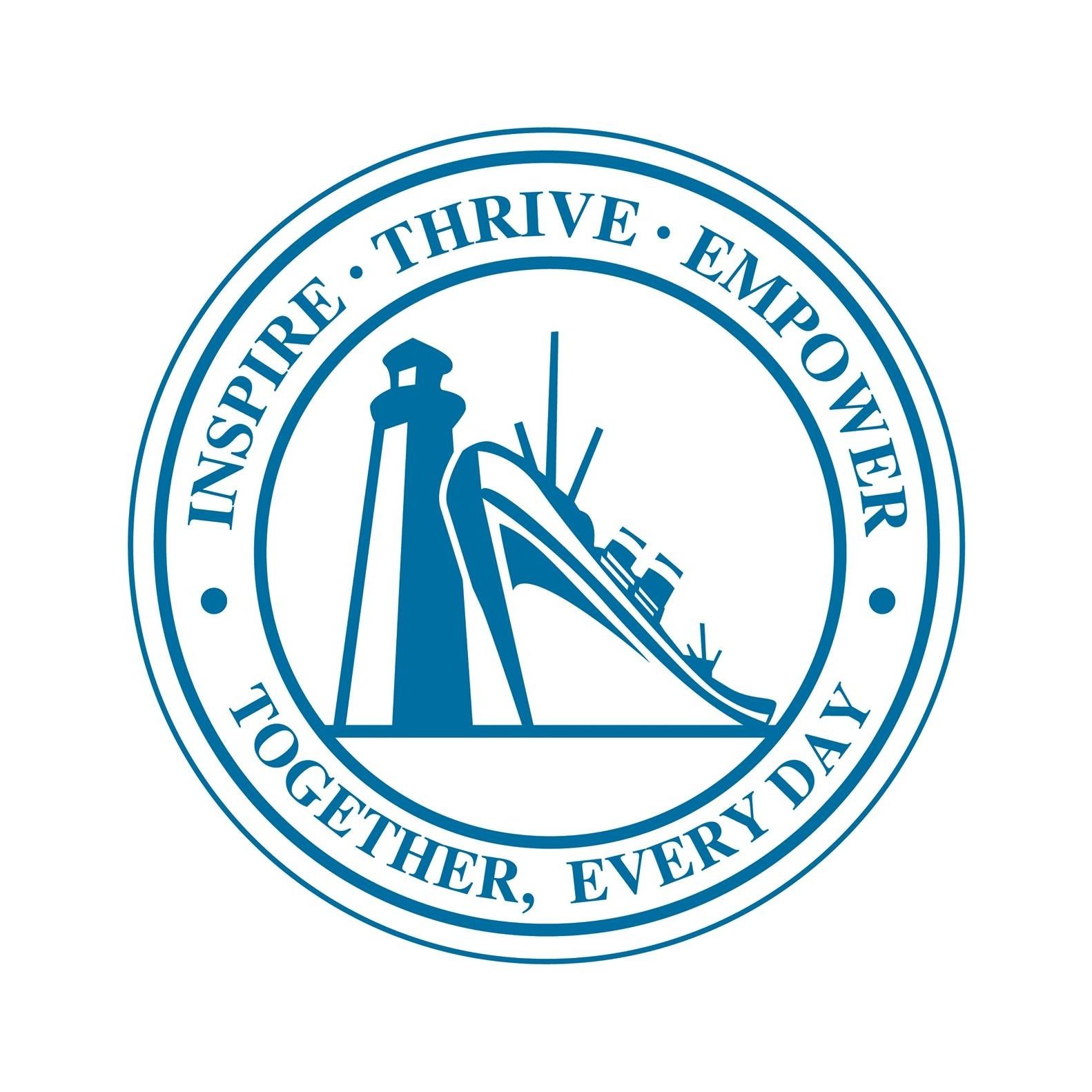


.png)
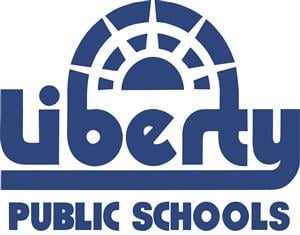
.png)


.png)







.png)


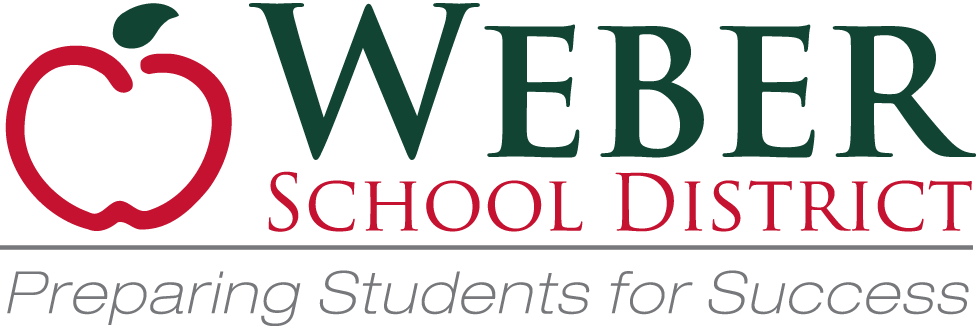



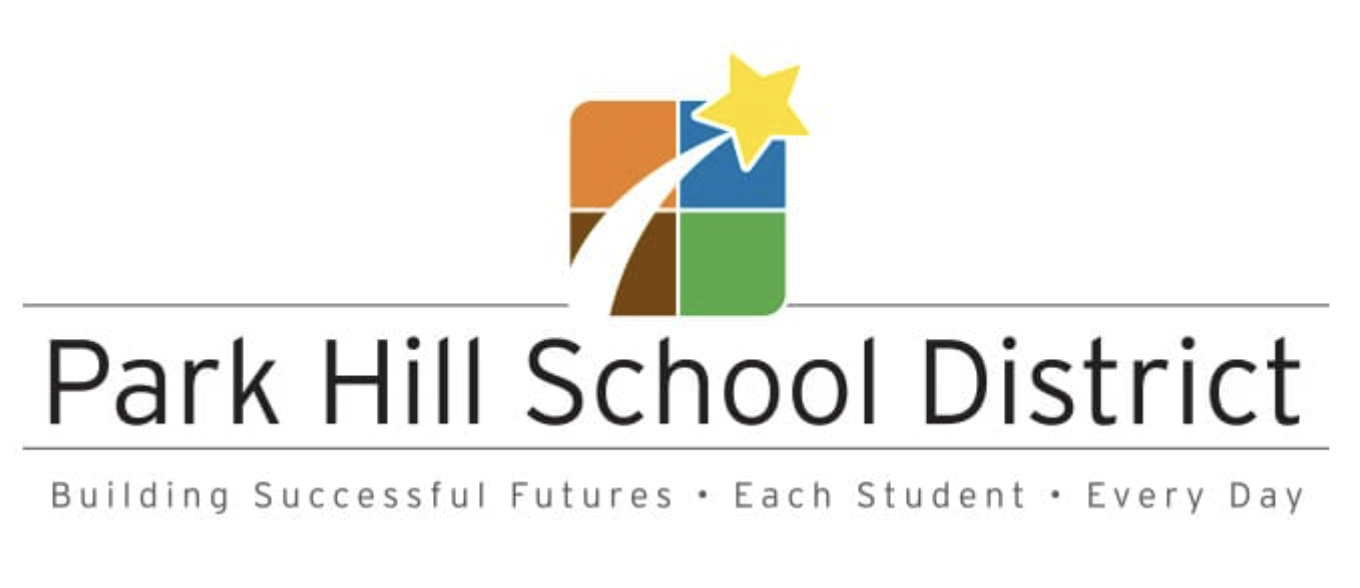
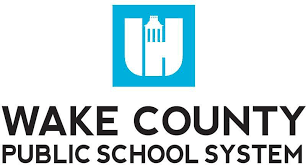
.png)
.jpeg)
